Is it a bird? Is it a plane? Is it Superman? No — it’s a drone, and it’s wildly misunderstood.
Most people see a toy, or at best, a miniature aircraft. And the Federal Aviation Administration (FAA) regulates them as such. But that perception is fundamentally flawed. We see them soar and assume they belong to the skies, but their true nature lies in code — not in wings or rotors. Drones are not just miniature aircraft; they’re computers that fly. They process data, run software, communicate with other systems, and control hardware in real time.
Having worked in both the personal computer (PC) and drone industries, I’ve witnessed firsthand how history is repeating itself. The evolution of drones mirrors the rise of the PC in striking and instructive ways, offering the drone industry a window into its own future.
- Just as PCs evolved from massive mainframes into accessible personal devices, drones have evolved from large, military-focused platforms into affordable, modular systems accessible to civilians and businesses alike.
- Hobbyists and enthusiasts played a pivotal role in both revolutions, creating new applications, launching grassroots communities, and driving innovation far outside formal institutions.
- Like the early PC industry, today’s drone sector is made up of emerging categories — still forming, still defining markets, still evolving into full-fledged industries.
- The PC era saw a proliferation of companies building software, peripherals, and services around a common platform. That same ecosystem effect is now unfolding around drones with startups extending their capabilities through fleet management platforms, AI-driven autonomy, cloud services, and integrated logistics tools.
- As PCs matured, technologies that were once external accessories like modems, sound cards, and network adapters, eventually became embedded in the motherboard. Similarly, drone technology is becoming natively integrated. Sensors, AI processors, navigation systems, and communication stacks are no longer bolted on; they’re built in.
Why the U.S. Can’t Catch Up Without Bold Action
Right now, drones are stuck where personal computers were before the internet: isolated, constrained, and wildly underestimated. The PC was powerful on its own, but it didn’t come alive until the internet connected it to everything, unlocking the digital economy in the process. The drone industry is waiting for its own “internet moment," when infrastructure, regulation, and connectivity converge to ignite exponential growth. When that happens, drones will stop being siloed projects and start functioning as part of a vast, connected, intelligent system.
But that moment keeps getting pushed further away. While the U.S. has heavily funded military drone systems, it has neglected to make comparable investments in the infrastructure that would enable a thriving commercial drone economy. The startups building this future — many of them venture-backed — are operating on thin margins and starving for capital. Meanwhile, China has surged ahead in building drone infrastructure, scaling commercial operations, and setting the pace for global leadership. And the truth is that the lack of clear, enabling regulations has made commercial drone operations nearly impossible to scale. The result? A trillion-dollar industry is being held hostage by a 20th-century mindset.
If we’re serious about catching up, we need to treat drone infrastructure the same way we treated highways, electricity, and broadband. We need to treat it like the internet, because that’s what it is.
America’s Sputnik Moment in the Lower Sky
In 1957, the Soviet Union launched Sputnik, catching the U.S. flat-footed and catalyzing a wave of investment, innovation, and institutional change. That moment led to NASA, massive STEM funding, and ultimately, American dominance in space.
We’re now living through a second Sputnik moment, but this time it’s happening in our low-altitude airspace, and the competition isn’t Russia. It’s China.
China is already far ahead in commercial drone adoption and infrastructure. With full-throated government backing, companies like DJI and EHang operate at scale, and not just in technology, but with aligned policy, funding, and rapid deployment. Drone delivery is routine in some Chinese cities, supported by vertiports, smart routing, and autonomy systems, while the U.S. remains stalled in test programs and waiver processes.
Without a Sputnik-style wake-up call, the U.S. risks becoming a follower in the very industry it helped invent.
The FAA’s Part 108 NPRM is a Step Toward a Digital Sky
On August 5, 2025, the FAA released its long‑awaited Part 108 Notice of Proposed Rulemaking (NPRM), a framework designed to normalize Beyond Visual Line of Sight (BVLOS) drone operations. This milestone was made possible, in part, through the persistent advocacy of industry leaders including Michael Robbins, CEO of the Association for Uncrewed Vehicle Systems International (AUVSI), and Lisa Ellman, CEO of the Commercial Drone Alliance, along with the dedicated teams behind both organizations, who have worked tirelessly to shape the policy dialogue that led to this release.
Part 108 is a long-overdue step forward. It transitions the U.S. away from waiver-driven experimentation toward a scalable, performance-based framework. Yet, rules alone won’t deliver America’s drone future. Regulations create clarity, but without federal investment in infrastructure like vertiports, drone corridors, and digital UTM systems, the industry cannot reach its “internet moment.”
Equally important, Part 108 signals a philosophical shift in how drones are understood and governed. It doesn’t just modernize the regulatory process; it redefines the very nature of drone operations. Drones are no longer best understood as aircraft, but as autonomous systems, hence computers that fly. The rule moves away from certifying individual pilots and instead places responsibility on organizations, supported by digital systems and automation. Detect-and-avoid capabilities, flight coordination, and airspace management are delegated to software-driven platforms and third-party Automated Data Service Providers.
This is not aviation as we’ve known it. This is a software-defined system of mobility. In many ways, Part 108 is the FAA’s tacit acknowledgment that the drone industry belongs in the realm of digital infrastructure. It institutionalizes the shift from pilots to processors and from wings to code.
Drones Are the Next Digital Infrastructure
We’re not just racing to build better drones; we’re racing to define the operating system for the future of mobility, logistics, and public infrastructure. At scale, drones will be as disruptive as the personal computer.
But the U.S. is losing that race — not because we lack talent, technology, or entrepreneurial drive, but because two critical ingredients are missing: regulatory clarity and federal investment. The FAA’s new Part 108 NPRM begins to deliver the clarity startups have been waiting for, but without bold federal funding, it will remain an on‑ramp without a highway. China is already years ahead, combining regulation, capital, and infrastructure into a coordinated national strategy.
History shows us the pattern. The interstate highway system revolutionized commerce, returning more than $6 in economic productivity for each dollar spent.1 The Apollo program, though costly, returned ~$8–10 for every $1 invested through technological breakthroughs and economic spillovers.2 These weren’t just infrastructure projects; they were national commitments that redefined America’s future.
The drone industry now needs its own version of that commitment. Without bold action, enabling regulations paired with massive federal investment, this industry will languish. Not from lack of innovation, but from lack of support.
Beneath the clouds lies the next great economic frontier: low‑altitude airspace. But this isn’t just another industrial revolution; it’s an intelligence revolution, where autonomy, data, and AI redefine how our world moves. The only question is whether the U.S. will lead it — or watch it fly by.
REFERENCES
1. ASCE's 2025 Infrastructure Report Card, Happy 60th Birthday, Interstate Highway System!
2. University of Texas, Anniversary Shows Us that NASA and Space Exploration are Worth Their Costs


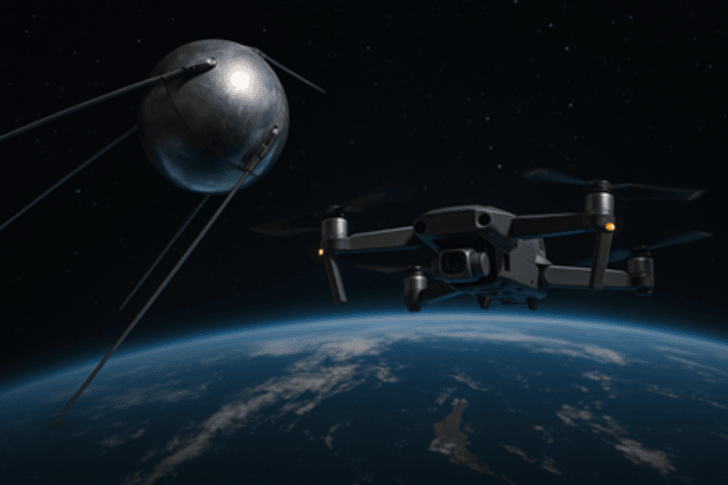

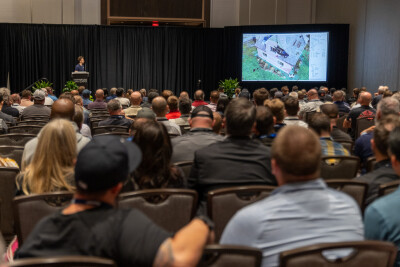


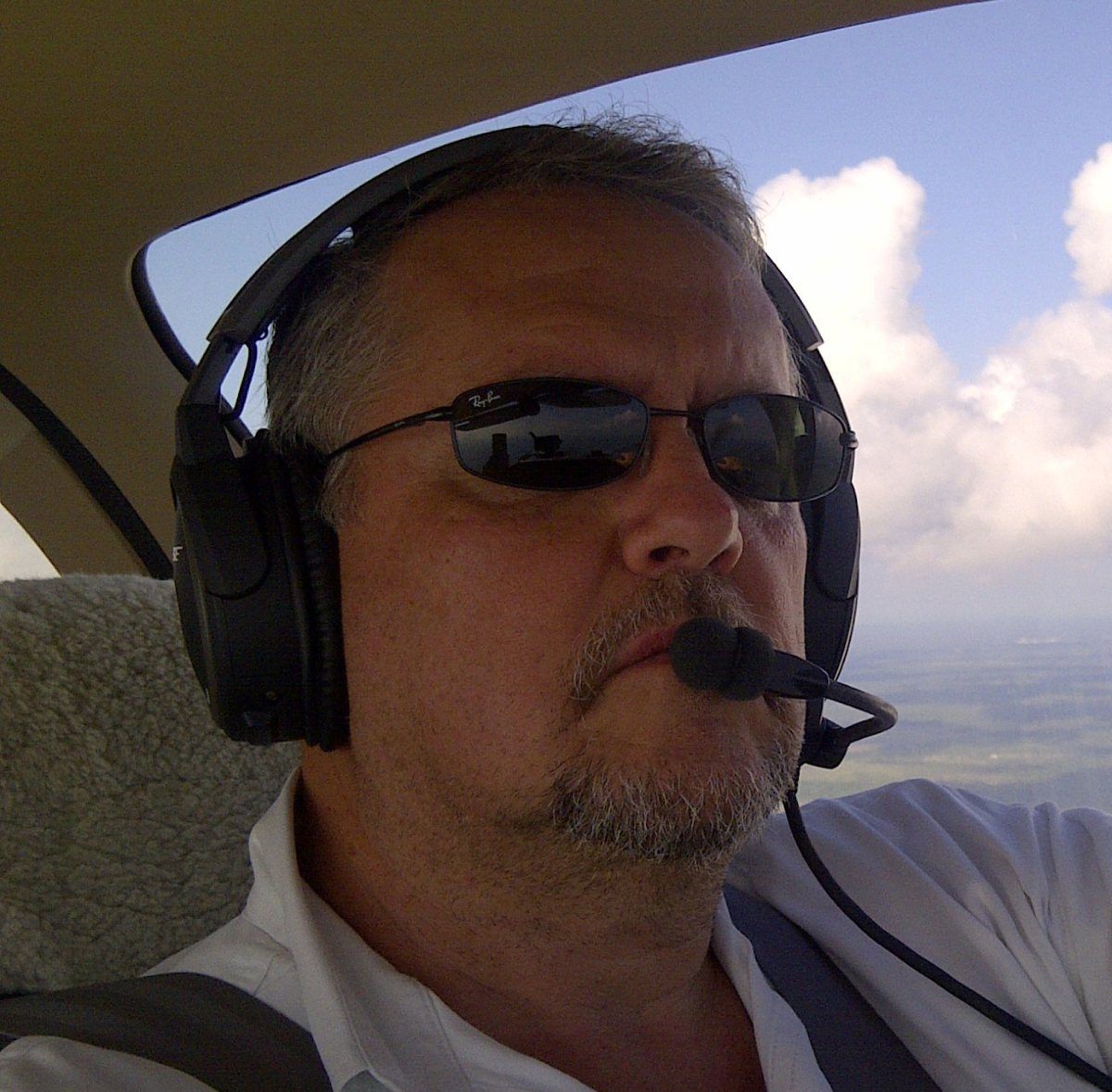





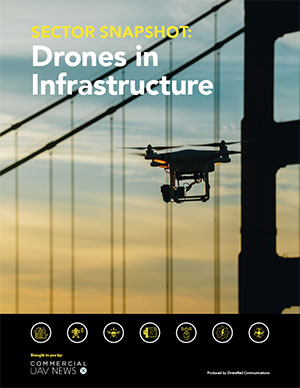
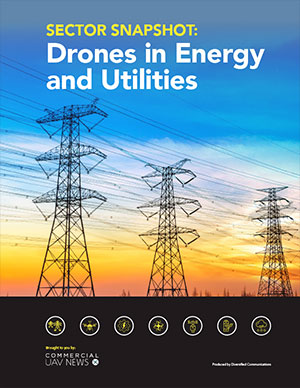

Comments